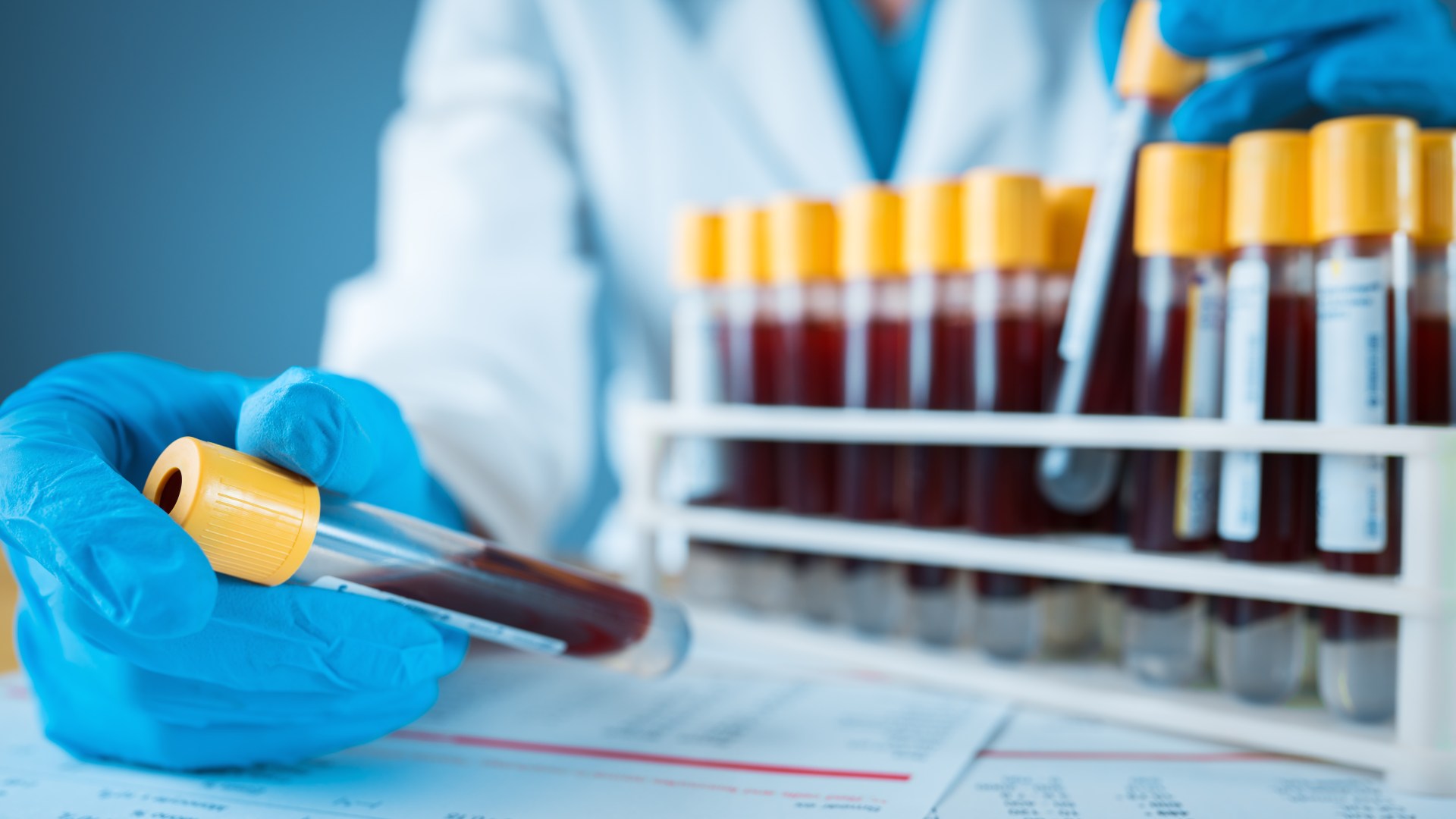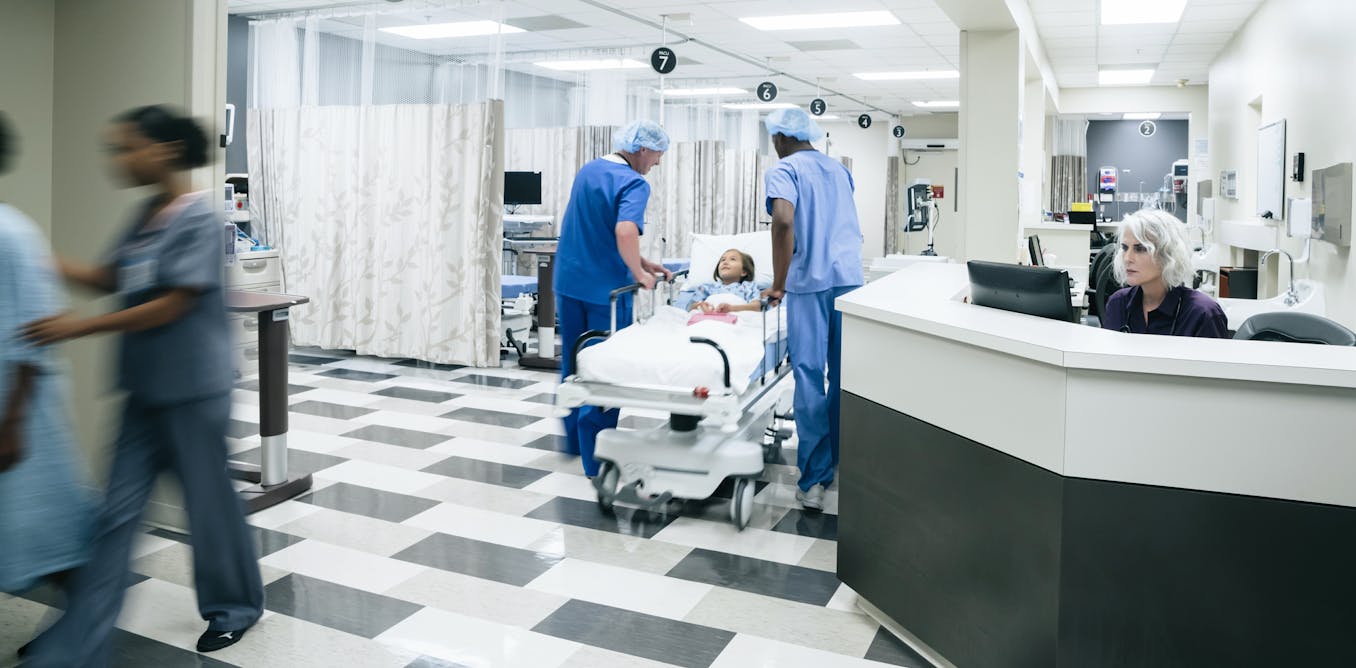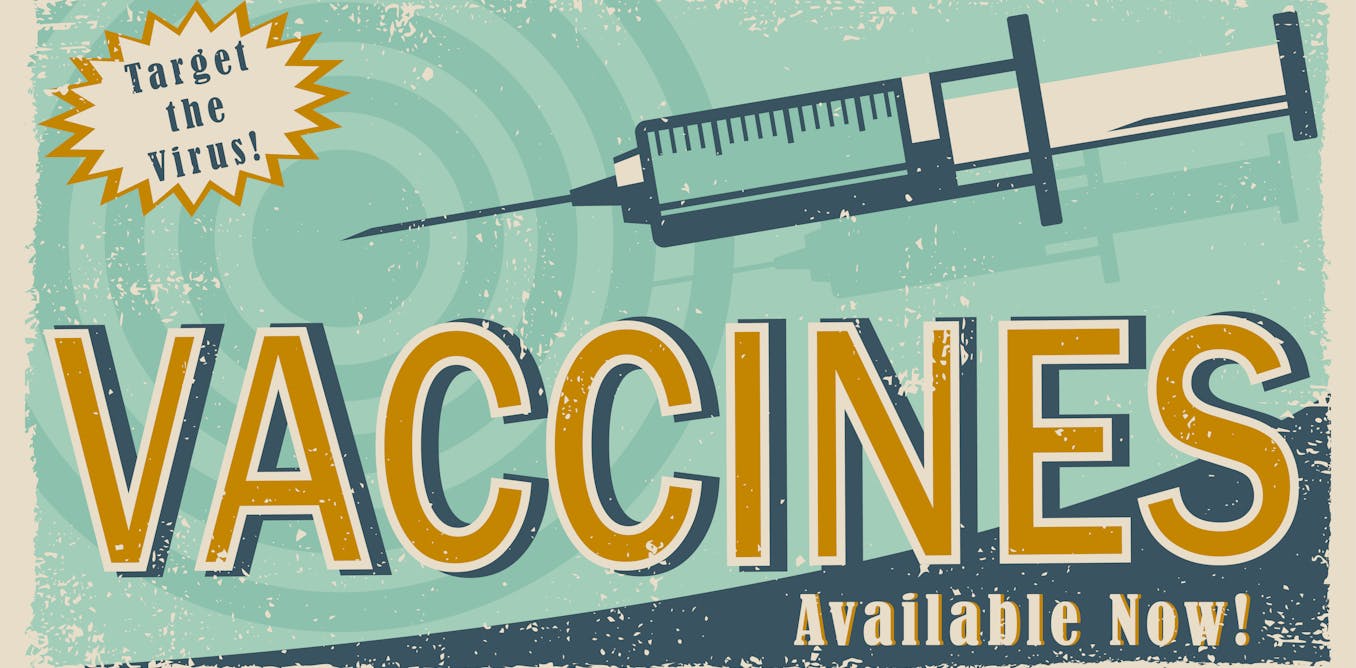THOUSANDS of Brits are at risk of being mistakenly diagnosed with diabetes after a disastrous blood test mix-up at an NHS Trust.
Bedfordshire Hospitals NHS Foundation Trust revealed it had experienced an “intermittent issue” with the machine that carries out HbA1c blood tests and checks for diabetes.
1
The trust admitted it may have caused a mixup of blood samples in Luton and Dunstable University Hospital which “may have resulted in some patients receiving HbA1c results that were potentially higher than actual”.
It is understood some 11,000 patients in south Bedfordshire are at risk of being affected – and the trust confirmed it is now in the process of contacting them.
A spokesman said: “You may receive a call from the hospital in the coming weeks asking you to come and have another blood sample taken for re-testing.
“Please be assured that we will contact you if your result might have been affected. We are asking residents to please avoid calling the hospital or their GP to ask whether they need to be re-tested because we need to focus our effort on arranging the retests with those patients who need them.
“Please do not attend an HbA1c retest if you have not been directly contacted by the hospital either by phone or letter.
“If you have received a letter, please ensure you have the blood request form provided with you. If you attend and do not need a test, you will be turned away.”
The trust also offered an apology to patients for the mixup: “We sincerely apologise for any emotional distress and inconvenience that has been caused by this issue.”
“We are undertaking a detailed review to find out what went wrong and identify any learning.”
Type 2 diabetes causes high blood sugar levels that can lead to serious complications if left untreated.
The condition can go undetected for years because its symptoms are hard to spot or brushed off as something else.
In February, a major study by the Office of National Statistics (ONS) revealed that more than one million Brits are likely living with type 2 diabetes – and have no idea.

What are the symptoms of diabetes?
According to the NHS, the symptoms of type 2 diabetes to watch out for include:
- Peeing more than usual, particularly at night
- Feeling thirsty all the time
- Feeling very tired
- Losing weight without trying to
- Itching around your penis or vagina, or repeatedly getting thrush
- Getting cuts or wounds taking longer to heal
- Having blurred vision
These are the most common signs that are typically reported by those suffering from the condition.
You should visit your GP if you experience any of these symptoms.
However, there are a number of other rare symptoms that may alert you to this disease.
These include:
- Dark skin patches
- Frequent infections
- Itchy skin
- Dry mouth
- Irritability
- Sweet breath
- Tingling or numbness
- Bad teeth
What are the risk factors for type 2 diabetes?
By Isabel Shaw, Health Reporter
You are more at risk of developing type 2 diabetes if you are over 40, or 25 for South Asian people.
Having a close relative with type 2 diabetes, such as a parent, brother, or sister, also leaves you at higher risk – as does being overweight or obese.
Those who are South Asian, Chinese, African Caribbean or black of African origin – even if you were born in the UK – are also at increased risk.
You can take an online test to find out your risk of the disease.
The rapid quiz asks about age, weight, if someone in the family has diabetes and if you have been told you have high blood pressure, for example.
It will then give a score between zero and 47 points.
The higher the risk level, the more likely it is that a person will develop type 2 diabetes in the next 10 years.
For example, one out of four people with high risk will get type 2 diabetes in the next 10 years.
If someone’s score is moderate or high, they can refer themselves to a local service for support remotely or online without having to go through a healthcare professional.
It doesn’t necessarily mean someone has prediabetes – when blood sugar levels are higher than normal but not high enough to be considered type 2 diabetes.
How do I treat type 2 diabetes?
If you’re diagnosed with type 2 diabetes, you’ll need to eat healthily, take regular exercise and have regular checks, including blood tests.
Try to quit smoking if you smoke, and cut down on alcohol.
Type 2 diabetes can get worse over time, and people living with type 2 diabetes often need medicine, usually in the form of tablets or injections.
However, some people can put their type 2 diabetes into remission by losing weight, where their blood sugar is reduced below the diabetes range.
Some people are able to do this through a low-calorie diet, but this is not suitable for everyone, so it’s important to get medical advice first.
What is the difference between type 1 and type 2 diabetes?
IF you have type 1 or type 2 diabetes, it means there’s too much glucose (a type of sugar) in your blood due to a problem with the hormone insulin.
Both are serious conditions that can lead to serious health complications.
However, there are differences in the causes, onset of symptoms and treatment of type 1 diabetes and type 2 diabetes.
TYPE 1
Type 1 diabetes is an autoimmune condition and accounts for five to ten per cent of all people diagnosed with diabetes.
The body’s immune system attacks the pancreas and destroys the cells that produce insulin.
TYPE 2
Type 2 diabetes accounts for 90-95 per cent of all patients with diabetes.
With this form of the disease, cells in the body become resistant to insulin, so a greater amount of insulin is needed to keep blood glucose levels within a normal range.
Type 2 is usually brought on by certain lifestyle factors, such as being overweight.




